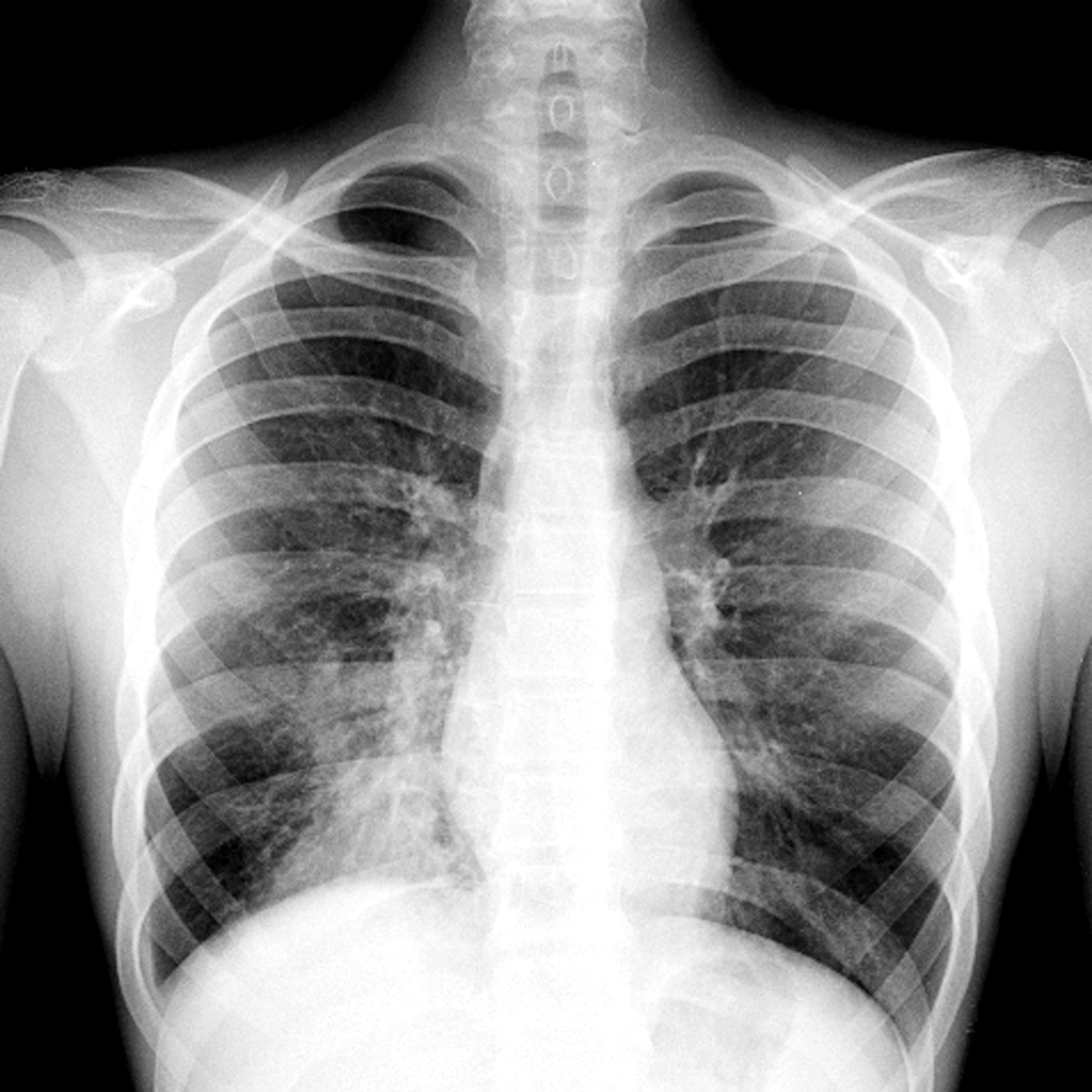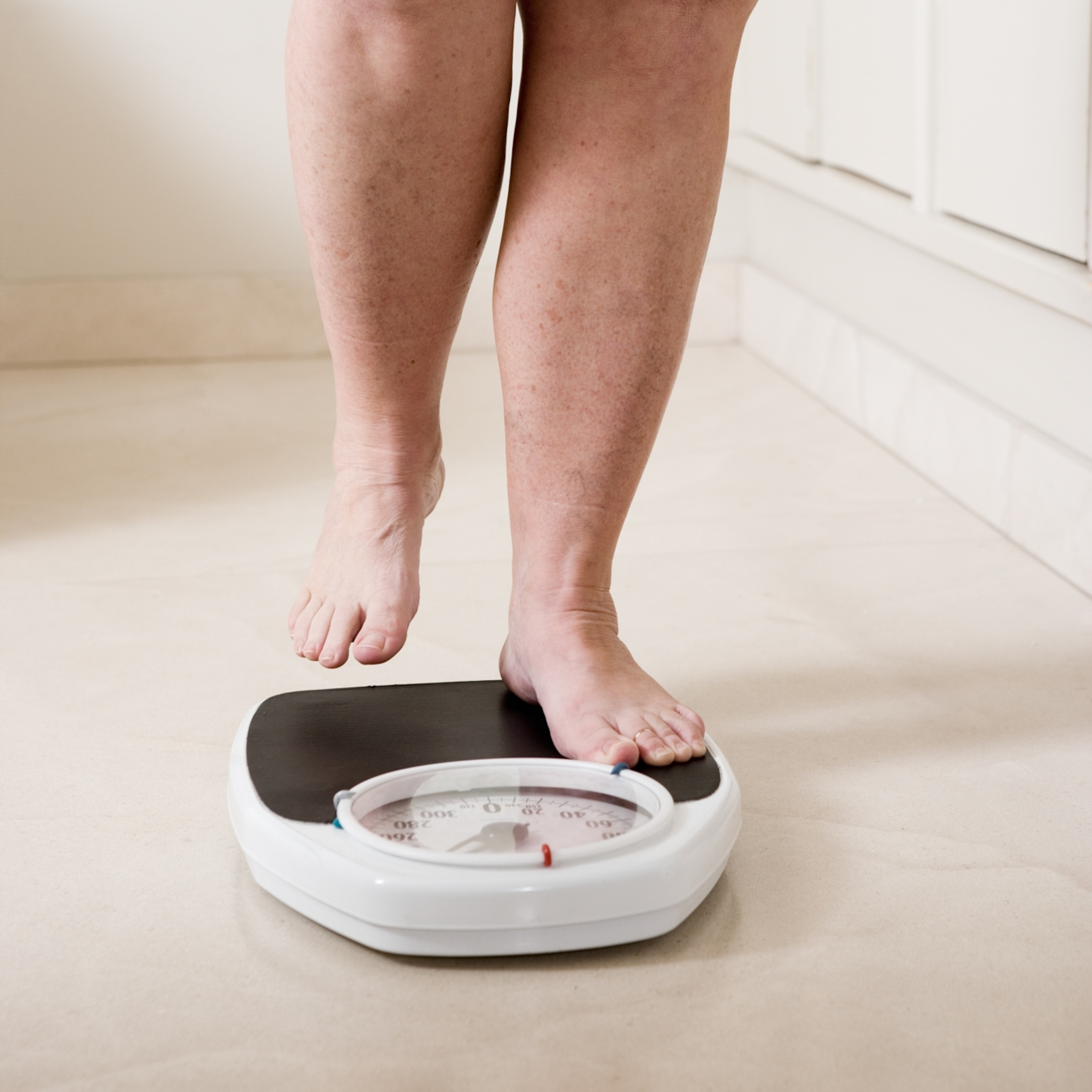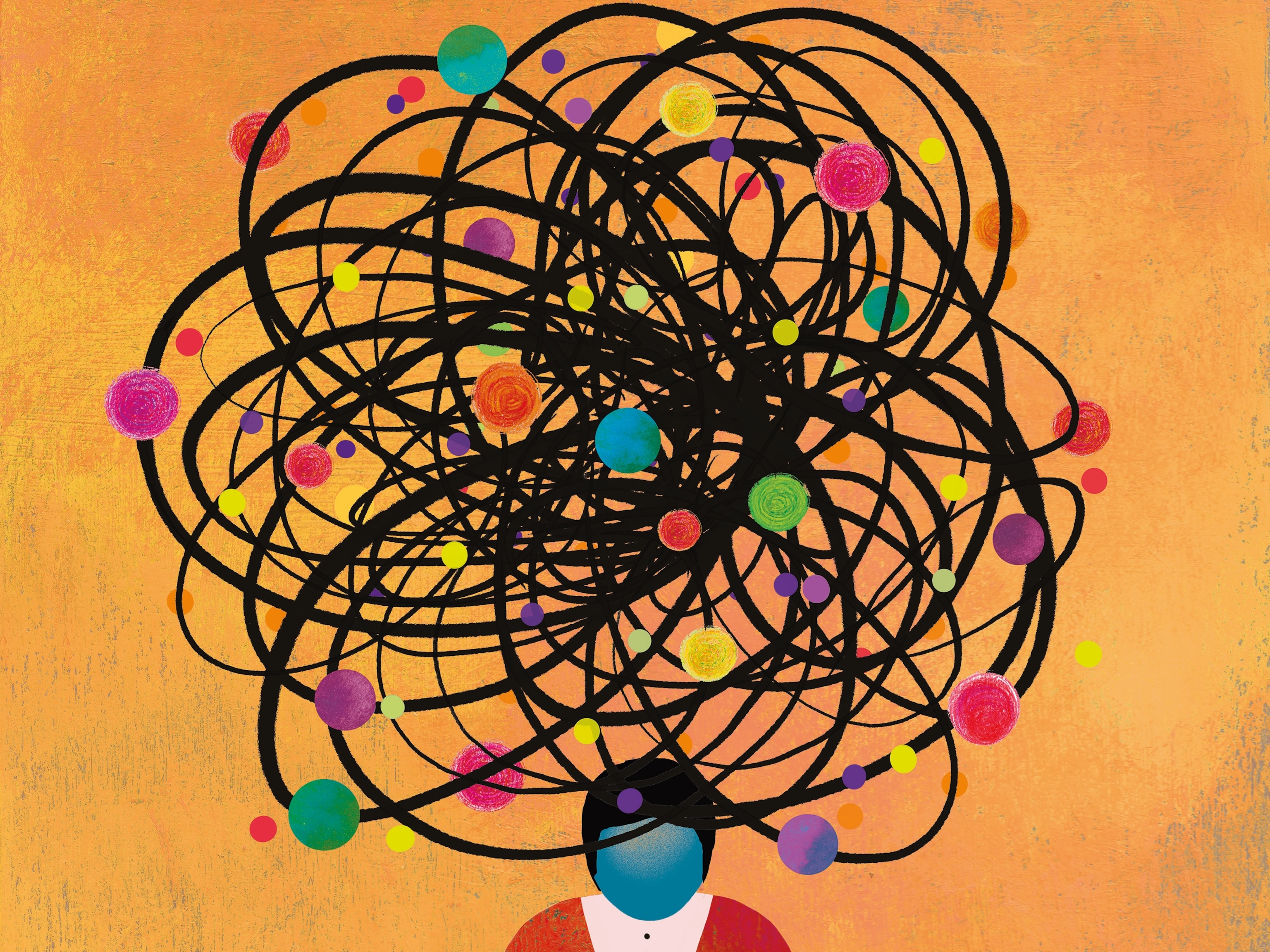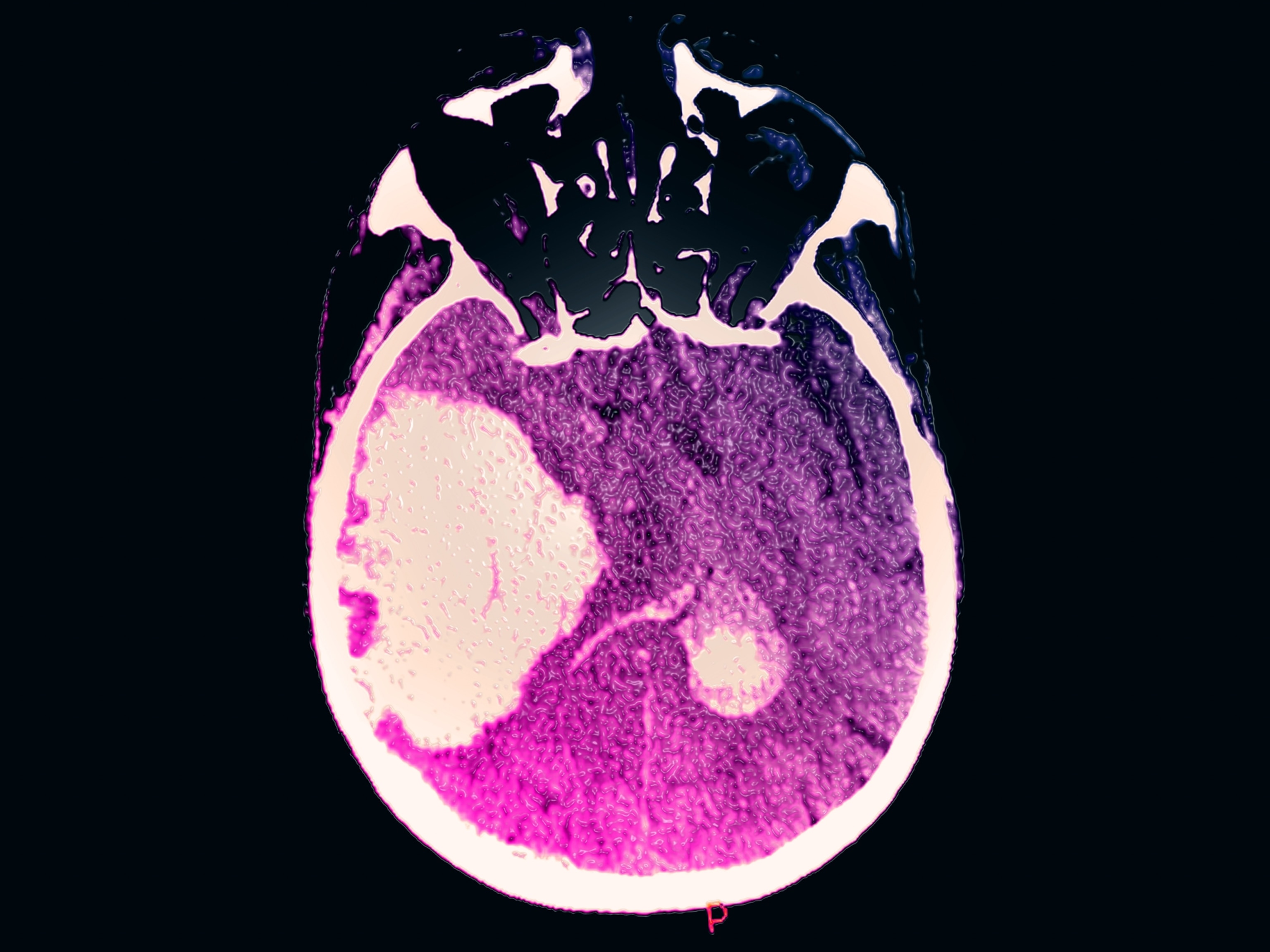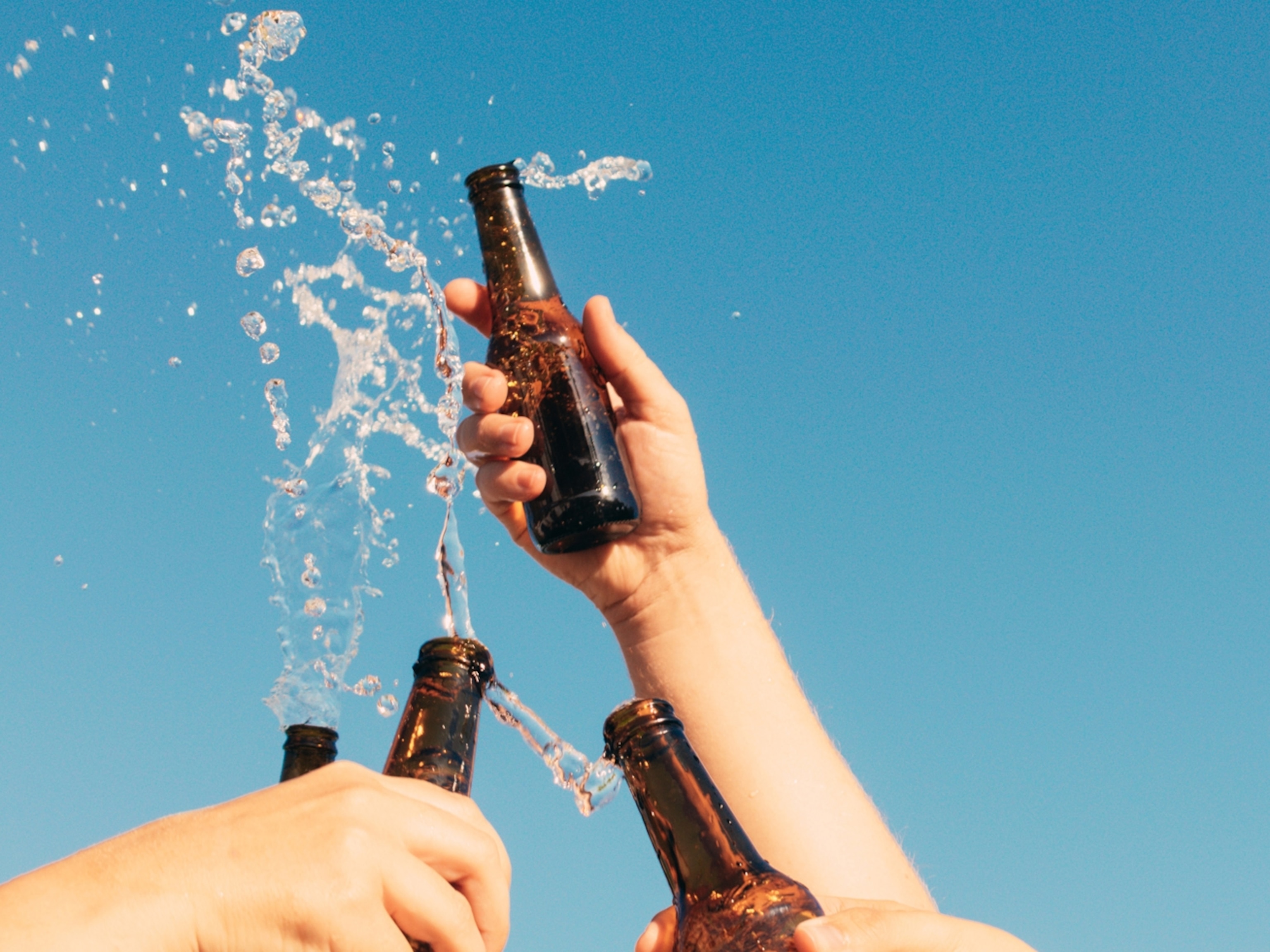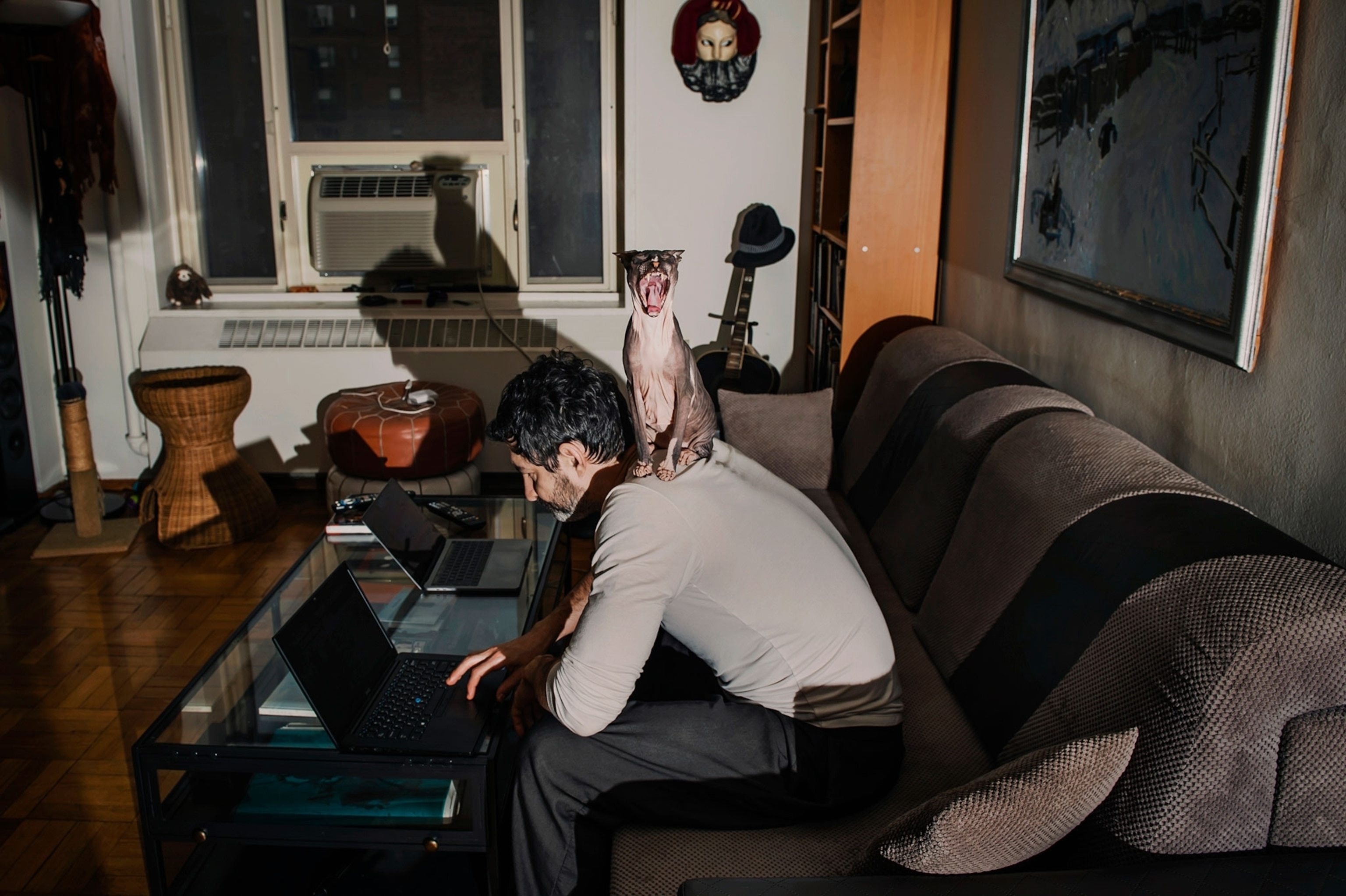
Work was the world for many. Now it’s a very small place
A global pandemic is teaching us that the intersection between geography and culture we’re most accustomed to is our office.
In 1962, following the harrowing brinksmanship of the Cuban Missile Crisis, Walt Disney asked two motion picture songwriters named Richard and Robert Sherman to craft an uplifting tune to accompany a new attraction for the 1964 World’s Fair. The ride would feature animatronic children from all over the globe singing a pan-cultural theme. What the Sherman brothers came up with was a short, simple, thoroughly unforgettable ditty: “It’s a Small World (After All).”
As Richard Sherman would later say in a Disney documentary, evoking smallness was a way of conveying the frailty of our human oneness. Since the planet was small, Sherman reasoned, “let’s not kill each other.” Disneyland’s “It’s a Small World” boat ride attraction opened in 1966, eventually attracting hundreds of millions of passengers—until March 14, 2020, when the iconic Anaheim-based park—along with virtually every other public venue in the United States—closed its gates so as to halt the spread of the coronavirus. (Follow National Geographic's comprehensive coronavirus coverage.)
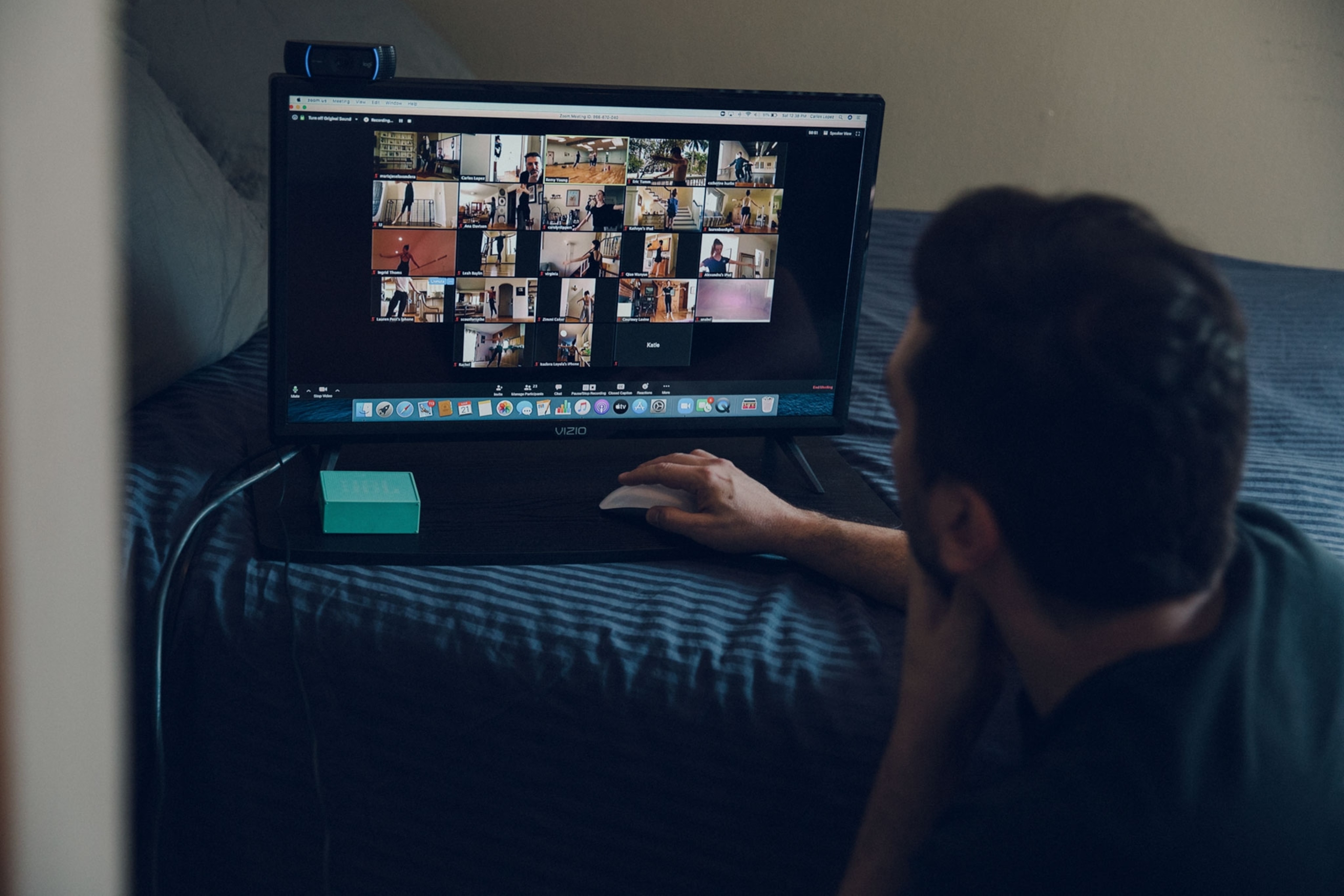
March also ushered in a new crisis, one in which our world became small beyond reckoning. How small? Small enough to pace its perimeters. Its horizon had become a wall; its sky, a ceiling; its oceans, a kitchen sink and a shower stall. The Sherman brothers’ lyrics—“There’s so much that we share/that it’s time we’re aware/it’s a small world after all”—now took on somber overtones as we solemnly closed our doors and disappeared into an indefinite period of self-sequestration.
The poignancy of all this is hardly lost on this particular publication, which is majority owned by The Walt Disney Company—or on National Geographic’s ranks of freelance writers like me who are paid to explore the planet’s most obscure reaches. But another revelation, one hiding in plain sight, has now hit home. For more than 130 years, National Geographic has viewed its mission as documenting the intersection between geography and human culture. It’s now more evident than ever before where that intersection truly lies for so many of us. It’s where we go to work.
According to 2017 U.S. Census data, a mere 5.2 percent of Americans, or roughly eight million, did their job from home. The remaining 153 million or so gainfully employed individuals performed their jobs elsewhere. We get dressed for work, we say goodbye to our private world, we travel a certain distance, and thereafter we spend a plurality of our waking hours in a tribalistic setting with others dedicated to the same economic pursuit. Is this an optimal scenario? Not according to the multitude of studies examining the corrosive stresses of rush-hour traffic and office politics. Still: It is a ritual of motion, communion, and human self-definition so engrained in the social order that, like any other daily bread, its sudden removal stirs a primal outcry.
As I write this, National Geographic’s Washington, D.C., headquarters is now essentially closed to everyone. For a little while, you could visit—say, if you needed to retrieve some research texts or expense receipts—but had to adhere to a new protocol. After your temperature was checked, a security guard would escort you up the elevator and down the now-ghostly corridors, past the now-vacant enclosed offices you once coveted, past the now-absent boss and underbosses and under-underbosses with inscrutable portfolios and lifers and office-spouse and frenemy, past the meeting room you once regarded as the place of inestimable lost hours, past the kitchen with the annoying basket of fruit you would now give anything to see full, and finally to your desolate workstation. You could take it all in like a crime scene. A life, happier than you had realized, was once lived here. What the hell happened? Ten minutes later, you would be escorted out. After that, your office space was disinfected.
The new rituals of a pandemic culture require that we now work at home. Like everything else associated with the coronavirus crisis, we could see this coming but did not fully comprehend what was there to be seen. Initially, relinquishing the office routine could be construed as a kind of liberation, a “School’s out!” for adults. What could be better than more time in our abodes? And really, why not work from where we live? Where else have we been more relaxed, more authentically ourselves and thus more productive? What could possibly go wrong?
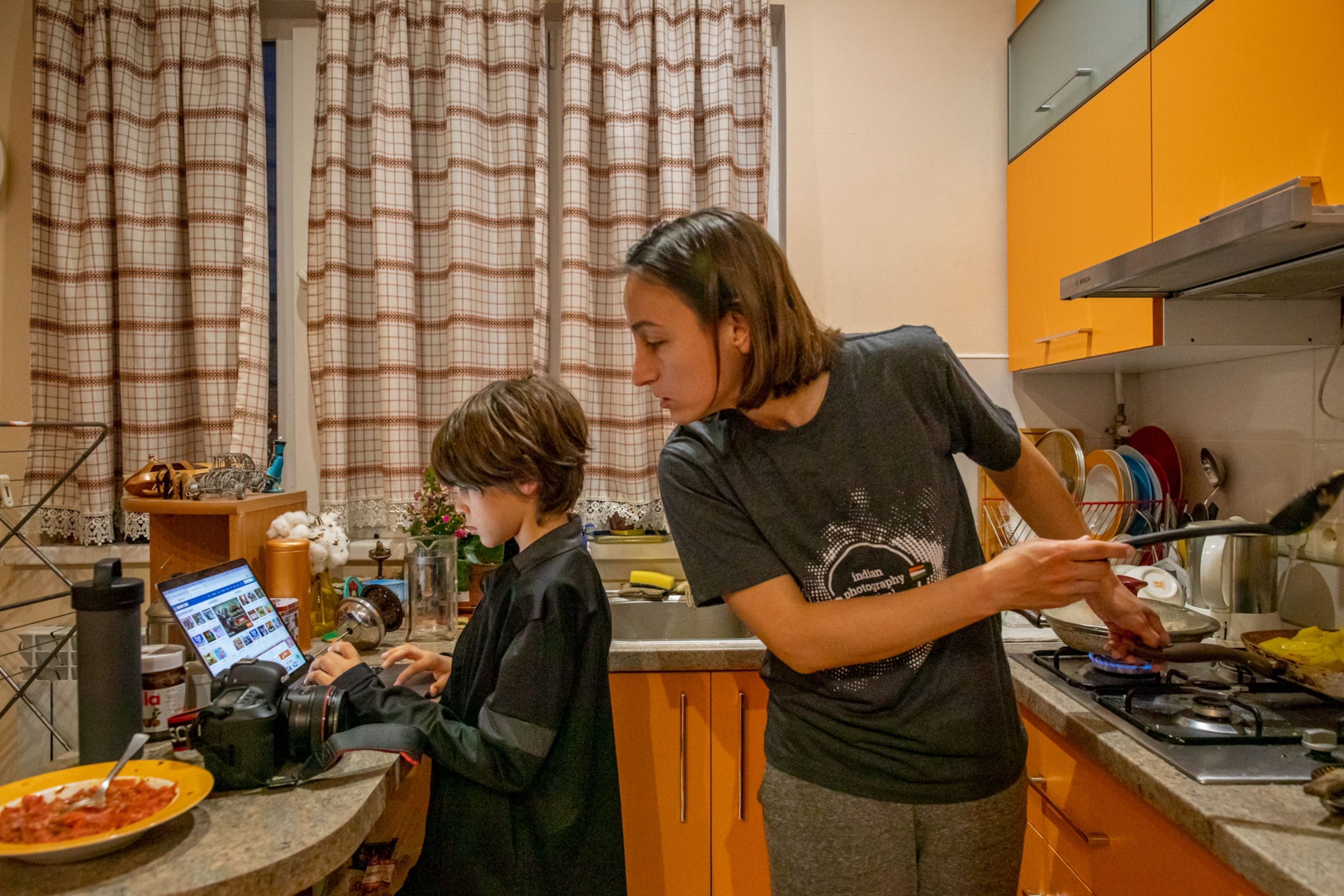
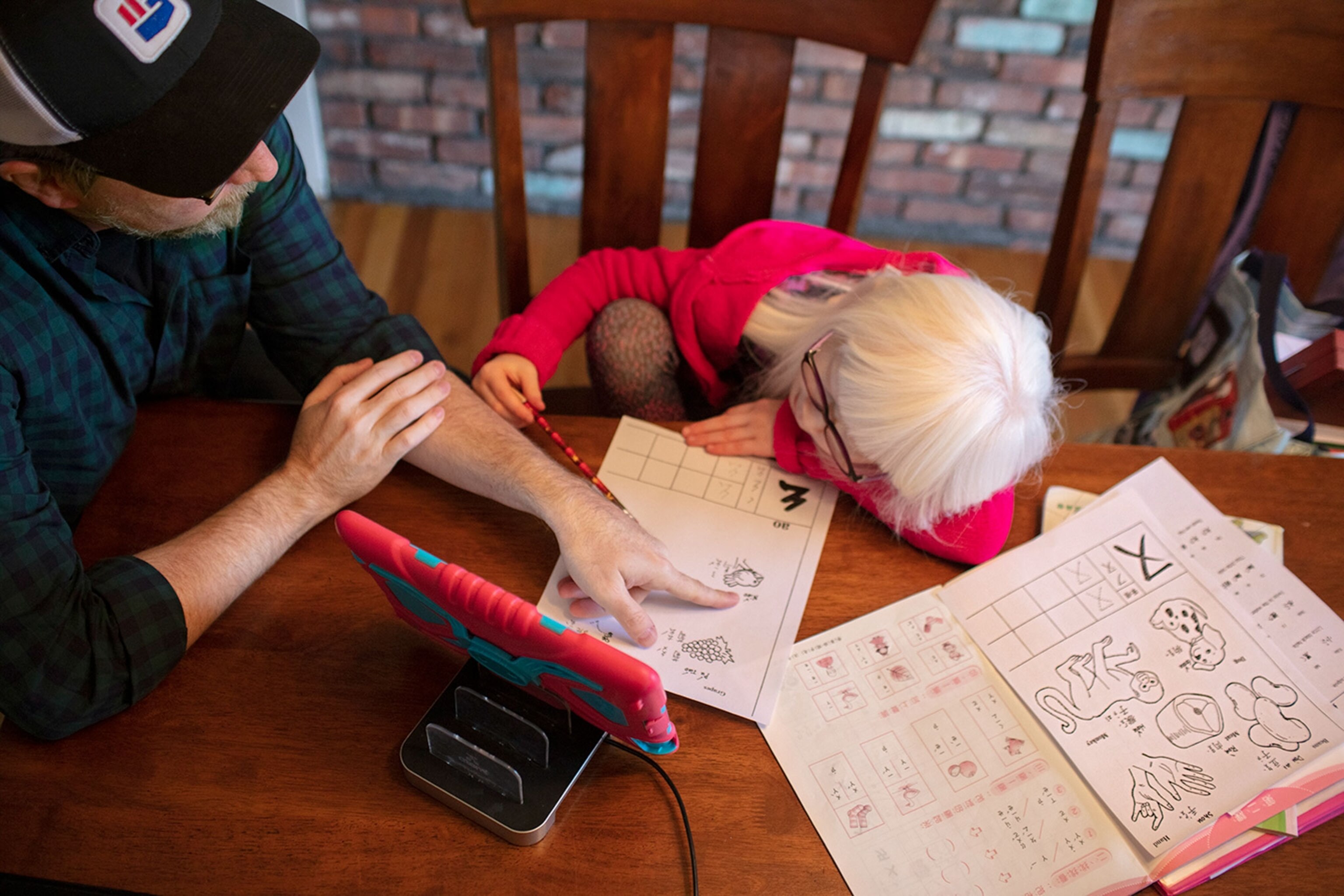
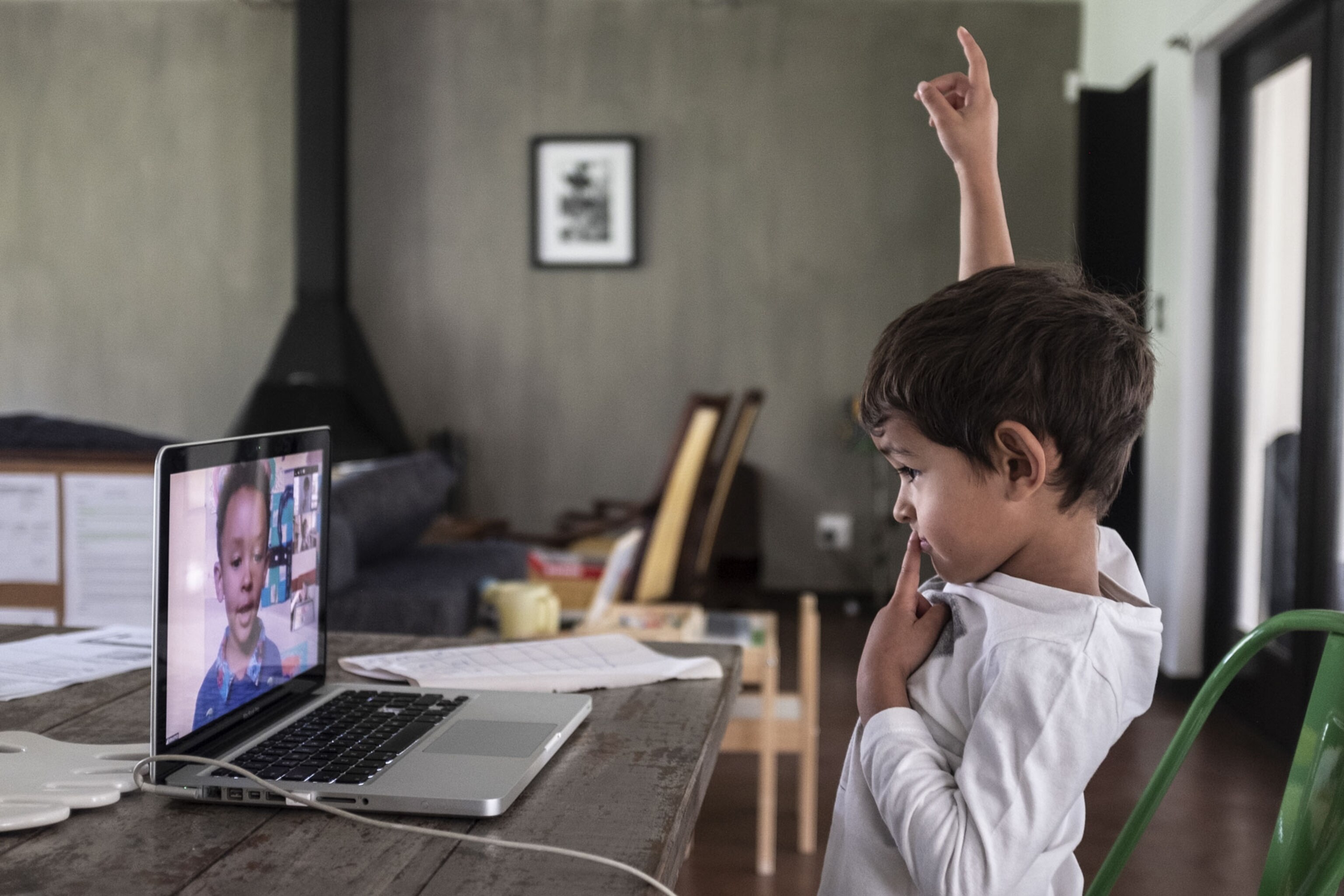
The early signs of dissolving normalcy were small but telling. Meetings conducted via Zoom, my colleagues have told me, revealed our assiduously coiffed Nat Geo co-workers in ways never seen before. Some hair now was shockingly awry—except for one executive, who responded to the closing of salons by shaving his head. Some men stopped shaving altogether. Stylish office attire lasted a few days, then gave way to an expansive interpretation of business casual. We were reminded that National Geographic’s editor in chief graduated from Michigan State, because that is what her green sweatshirt with Sparty mascot announced. Overcompensating, one editor showed up to a virtual meeting in a bowtie. Meanwhile, the panorama behind our scattered coworkers sometimes offered surprising insight. Some of these backgrounds exhibit a rigorous commitment to order, while others—jumbled shelves, unmade beds, cats and dogs going haywire, kids tugging at parents—suggested a more encompassing disarray that we were no longer bothering to conceal.
My personal residence has been far less challenged than most. I’ve written at home, shoeless and sockless, for the past two decades. My fiancée, a CNN political analyst, spends nearly all day reposed in yoga gear, until about an hour before her evening studio hit, at which point she executes a complete makeover in seven minutes’ time—sliding down the Batpole, I term it—and drives off to face the cameras. We’ve been unbothered by the absence of office gossip in our lives or by the omnipresence of our two dogs. We don’t have children to home-school during the day and peel off the walls at night. We don’t have a resident elder chattily lurching over our shoulders during work calls. My fiancée is now expected to appear on TV from her home office while upstairs I do my reporting in mine. It is not so jarring an encroachment on the way things were, in the scheme of things. In my capacity as a journalist, I’ve been detained by federal authorities in Yemen, gone into hiding from kidnappers in Somalia, and been held up at gunpoint on the Congo River. Being marooned at home with the woman I love is, I’m confident, a survivable ordeal. (Here's how social distancing "flattened the curve" in 1918.)
None of this assuages the disquieting recognition that outside our door, the world as we once knew it is caving in. For now, a door still separates us. My brother is a New York-based psychologist who directs the national suicide hotline. Home, for John Draper, was where he returned at night to escape all that melancholy. Now the day’s despair takes up residence with him. The rest of us who curse our claustrophobia—who are home alone, or who wish we were—live with the awareness that this is hardly the worst of it. We have our jobs; we have our health; we have our shelter, for as long as the door holds.
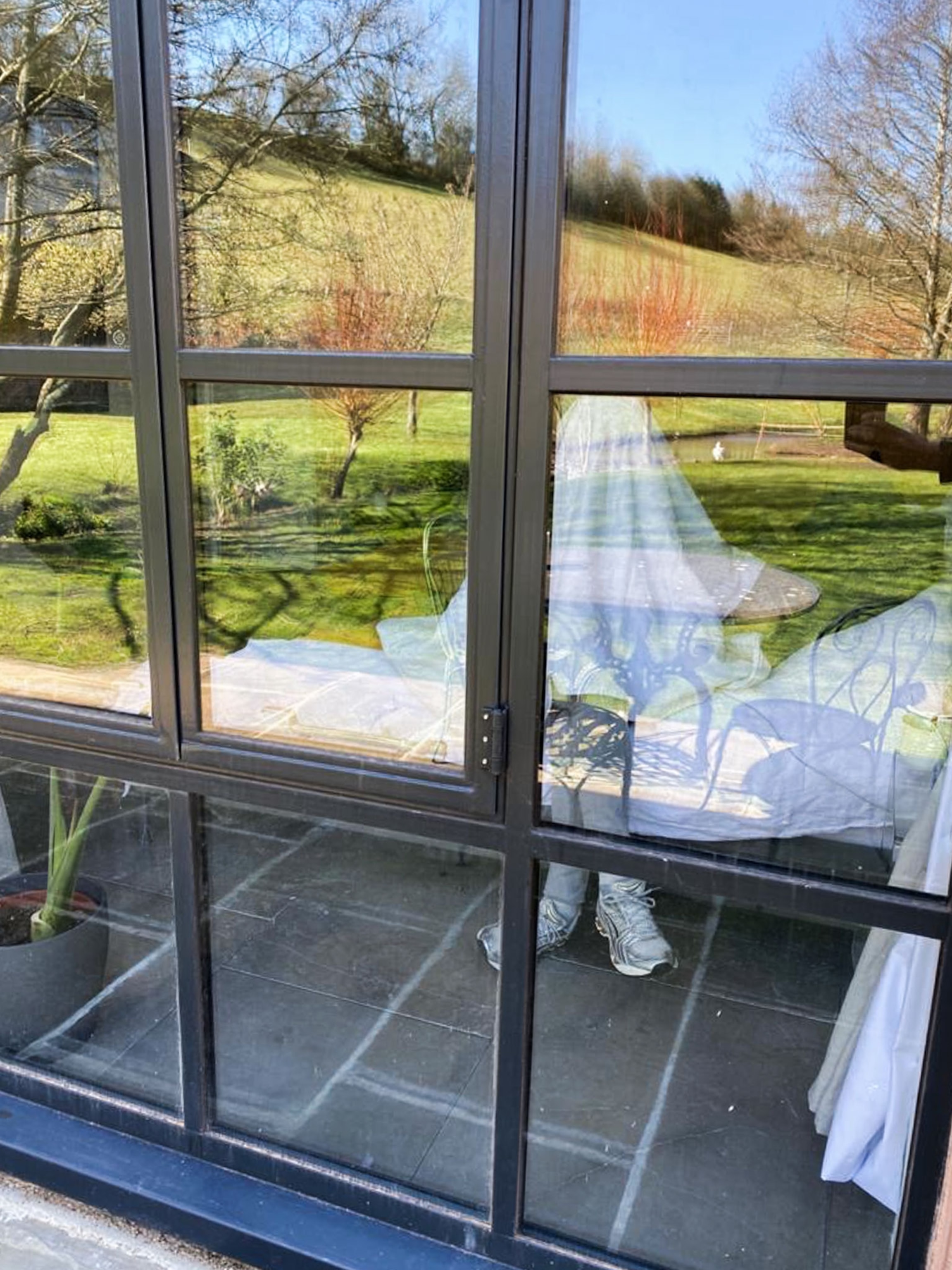
And in our virtual geography, we may yet achieve the next evolutionary step in the workplace, a trajectory that began under the shade of trees and took shape as the Latin officium, later morphing into counting houses, and at last to our hallowed cubicles. Now the office is ethereal. We’re hyperconnected but literally out of touch, the sheer randomness of community—laughter overheard, rumors taking wing, an impromptu compliment that may or may not be pure brown-nosing—consigned to memory or, whenever possible, home delivery.
Without a vigilant peer group to keep us from napping at our desks, the new office’s viability rests on a trembling foundation: self-reliance. It falls to each of us to maintain resolve and integrity—to offer a day’s tally that exceeds the sum total of our Netflix binges, to resist entombing ourselves in pajamas and Cheetos residue. Social scientists have long maintained that we’re more productive when we work at home. Will that remain the case when we have no choice in the matter?
The two Sherman brothers known by Walt Disney as Dick and Bob did not have the benefit of Wi-Fi when they penned undying classics like “Winnie the Pooh” and “A Spoonful of Sugar.” They had to work in the same office, beside the same piano. In fact, the apparently lovable songwriting duo—“two and a half years and about five eons apart,” as Richard Sherman, the younger of the two, would put it—did not get along at all. According to The Boys: The Sherman Brothers’ Story, a Disney production directed by two of their sons, they threw their typewriters at each other. They lived seven blocks apart but kept their families distant. At movie openings, the two Sherman broods sat on opposite sides. As Richard Sherman would say on camera, “We perpetrated a façade for 50 years.”
But that didn’t matter. What brought them together under the same roof was why we all show up to work, wherever and however we can: the chance that we might produce something greater and more lasting than what leaves us feeling small and alone. A note, then a word, and at last a chorus. In this way, the world becomes an egg: small and frail but otherwise perfect, like the start of everything.

